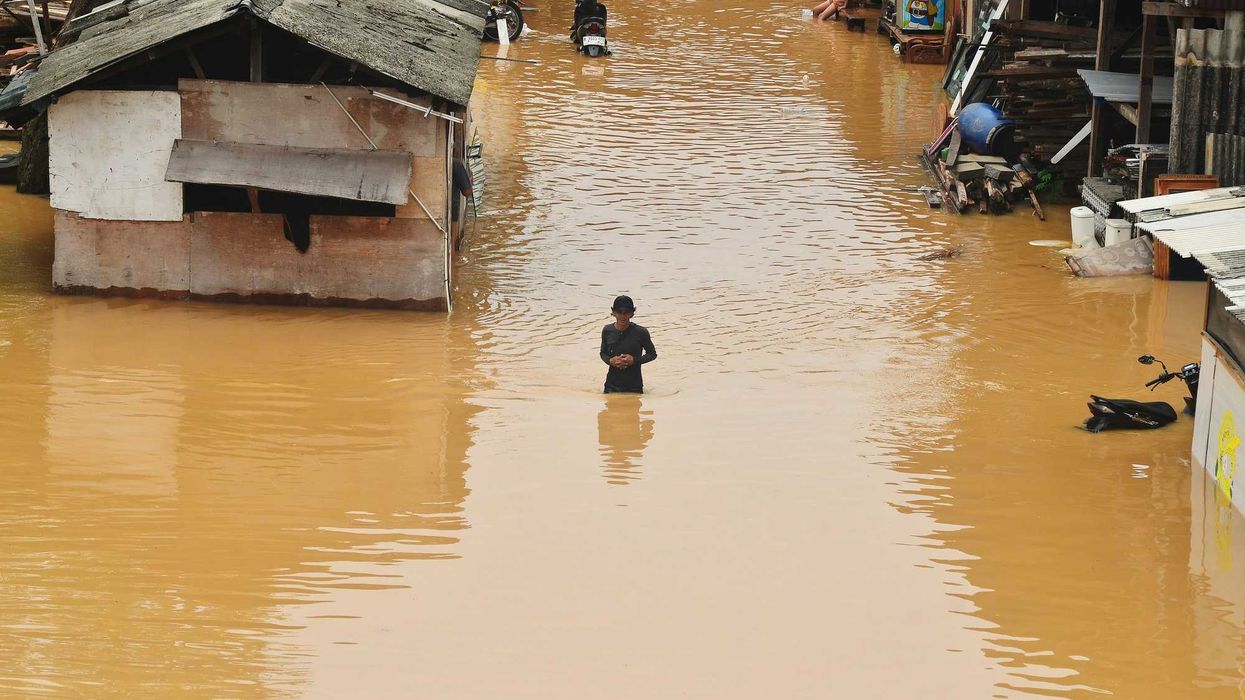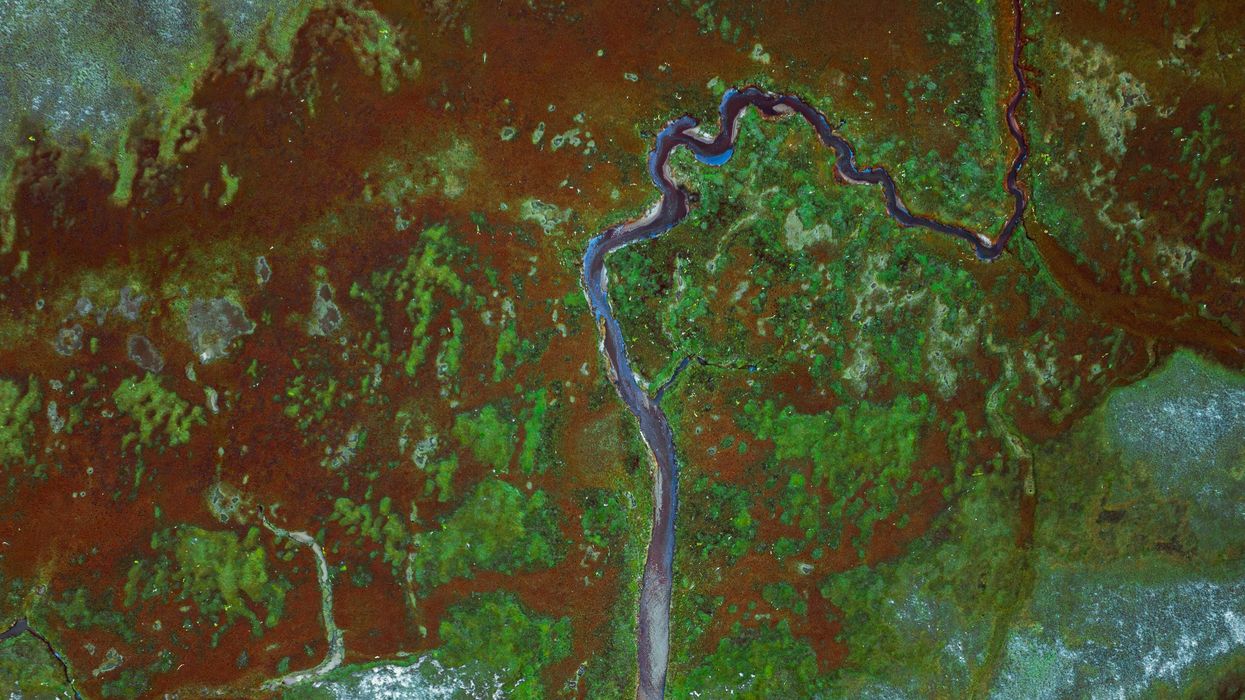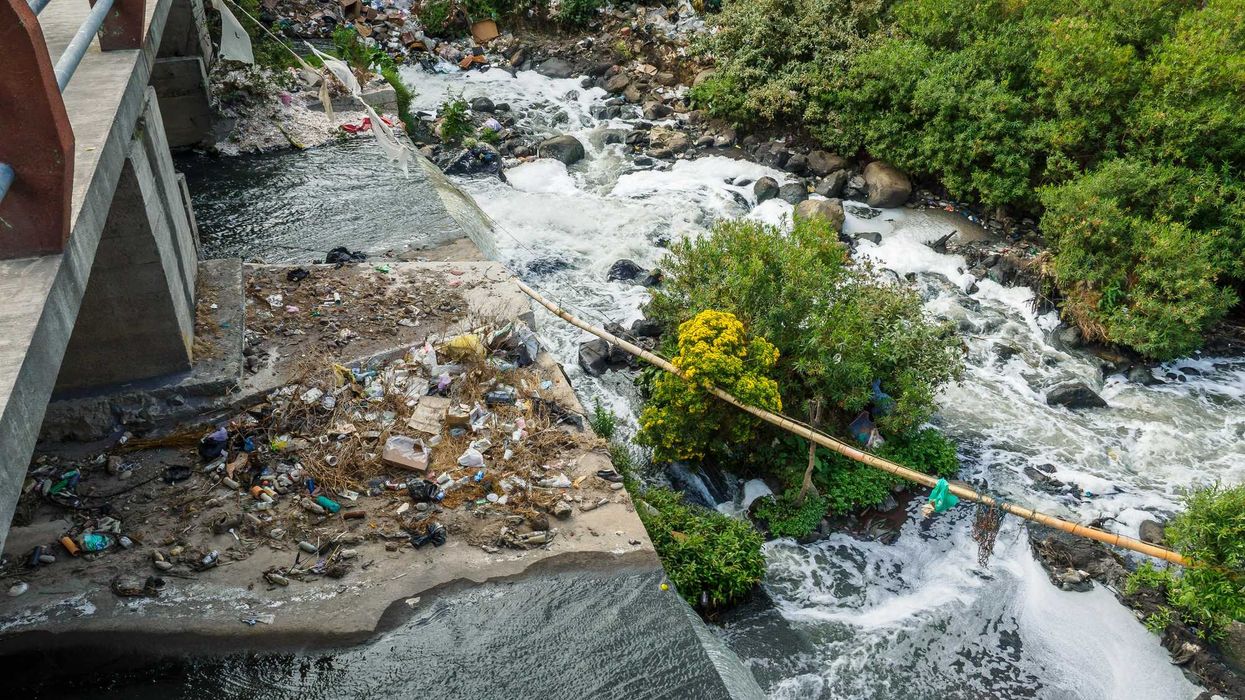Driven by record gold prices and federal support, mining companies are pursuing new open pit projects in South Dakota’s Black Hills, raising alarm among Native American tribes and environmentalists over contamination risks and land degradation.
Sarah Raza reports for The Associated Press.
In short:
- Companies are seeking to expand gold mining operations in South Dakota’s Black Hills, home to sacred Lakota Sioux sites and popular tourism areas, citing high gold prices and favorable policy changes under President Trump.
- Modern gold mining uses cyanide and heavy equipment to extract gold from rock, creating permanent changes to the landscape and risk of chemical spills, as seen at the existing Wharf mine.
- Tribal leaders and environmental advocates oppose new mining efforts, noting a rise in exploratory drilling claims and warning that 20% of the Black Hills is now potentially open to industrial mining.
Key quote:
“These impacts can be long term and make it so that tourism and outdoor recreation is negatively impacted. Our enjoyment of the Black Hills as a peaceful place, a sacred place, is disturbed.”
— Lilias Jarding, executive director of the Black Hills Clean Water Alliance
Why this matters:
Open pit mining scars landscapes, contaminates water sources, and poses long-term ecological risks, especially when chemicals like cyanide are used. The Black Hills hold deep spiritual significance for the Lakota Sioux, who never agreed to U.S. seizure of the land. As gold prices rise and federal policy tilts toward mineral extraction, the pressure to mine this iconic region increases, bringing potential fallout for local ecosystems, sacred sites, and rural economies that depend on clean water and tourism. South Dakota’s regulatory framework offers limited protection, especially on private land, where oversight can be looser and long-term environmental costs often fall to the public.
Related: Water demand in South Dakota’s Black Hills is outpacing supply, study warns
















